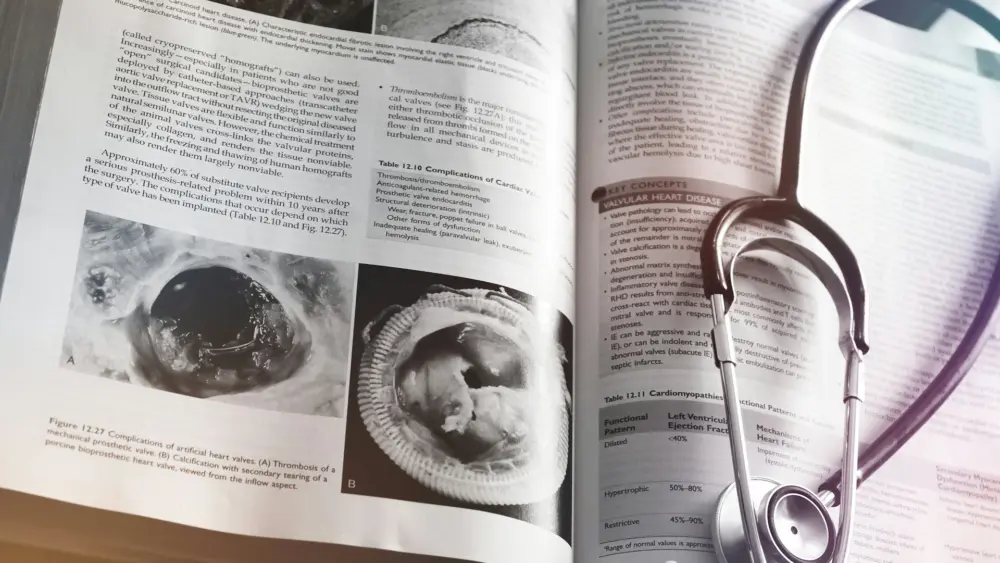‘I would like to be less 50th:’ Task force continues work on physician shortage
Originally posted on IdahoEdNews.org on September 8, 2025
BOISE, ID – West Virginia — like Idaho, a rural, mountainous state — has 4,914 doctors, ranking 24th in physicians per capita.
Idaho has 3,504 doctors, ranking 50th in the nation.
Idaho could take some ideas from West Virginia, as it looks to attract new doctors into its state. But it might come down to what Idaho can afford for scholarships and loan forgiveness, as it competes with other states with lavish mineral, oil and gas resources.
“I think we’re going to have to be a little bit more creative,” State Board of Education Executive Director Jennifer White said Monday, as a state working group held its third meeting to address Idaho’s physician shortage.
Formed by the 2025 Legislature, the working group will report to lawmakers and Gov. Brad Little before the start of the 2026 session — with a new blueprint for partnering with medical schools in the region. A new law calls for the state to add another 30 publicly funded medical school seats over the next three years, while some lawmakers have suggested severing or cutting back Idaho’s 50-year partnership with the University of Washington’s WWAMI program, which now takes 40 Idaho students per year.
That’s where Idaho has put its medical education-related tax dollars. WWAMI — named for its member states of Washington, Wyoming, Alaska, Montana and Idaho — will receive $7.5 million this year. A smaller partnership with the University of Utah will receive $3.1 million.
Other small states have tried other approaches, according to State Board research presented Monday.
A combined admissions program offers undergraduate admission to the University of New Mexico and conditional admission to the university’s medical school — an incentive geared to students committed to stay in the state to practice medicine.
West Virginia offers targets loan forgiveness for graduates who commit to working in underserved areas. The state has ample space in its public medical schools for in-state students and keeps tuition affordable, White said. West Virginia also sponsors high school and college programs that are designed to encourage students to consider a career in medicine.
The mutlipronged approach impressed Dr. Ted Epperly, a working group member who is the State Board’s graduate medical education coordinator. And while loan incentives have become the vehicle of choice in many states — and Idaho has a Rural Physician Incentive Program, partially state-funded, which offers up to $100,000 over four years — he said scholarships would also help medical school students on the front end.
“I think we’re ready for some scholarships in Idaho,” he said.
Two powerful forces contribute to the state’s physician shortage, and its No. 50 ranking for doctors per capita. The state’s doctors are aging. And the state is growing rapidly — leaving doctors to serve an ever-larger pool of patients.
It means Idaho might need to add 1,500 doctors just to get to the middle of the pack in doctors per capita, said Tracy Farnsworth, president of the Idaho College of Osteopathic Medicine, a for-profit medical school in Meridian.
Dr. Rayme Geidl, a working group member and the University of Idaho’s interim regional WWAMI dean, offered a more modest goal.
“I would like to be less 50th,” she said.





